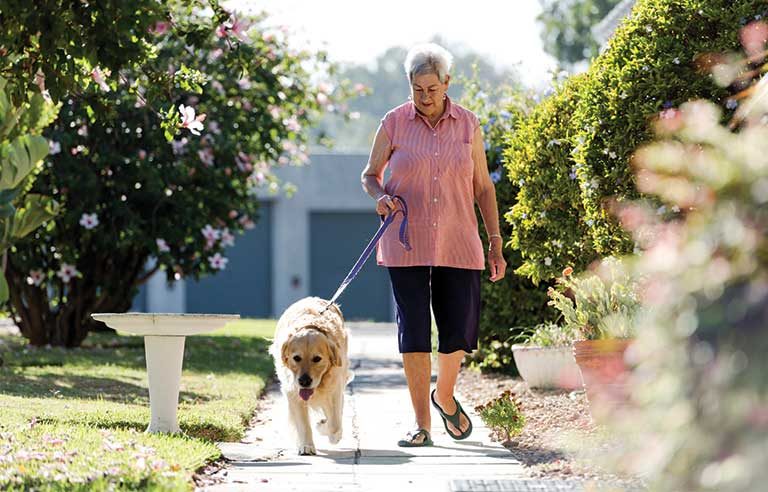Dog-walking injuries on the rise among seniors, study shows

Philadelphia — Dog-walking provides regular physical activity for many older adults. But the health benefits come with added injury risk, caution University of Pennsylvania researchers, who in a recent study found that fracture injuries among dog-walkers 65 and older more than doubled between 2004 and 2017.
Using the National Electronic Injury Surveillance System, researchers reviewed data from roughly 100 emergency rooms. They identified 32,624 fracture injuries related to “pet products” among patients 65 and older during the study period.
Fractures increased to 4,396 in 2017 from 1,671 in 2004 – a 163% jump. Women accounted for 78% of the cases.
Approximately half of the injuries were to upper extremities, including fractures of the wrist, upper arm, finger or shoulder. Hip fractures, which comprised 17% of the injuries, are of particular concern because the death rate related to these injuries in patients 65 and older is nearly 30%, the researchers note.
Health care professionals should make sure they discuss exercise habits with older patients, they added.
“While there are undoubtedly pros to dog-walking, patients’ risks for falls must be factored into lifestyle recommendations in an effort minimize such injuries,” study lead author Kevin Pirruccio, a second-year Penn medical student, said in a March 6 press release.
The total injury numbers are likely underrepresented, the researchers note, pointing out that people who suffered tendon or muscle damage weren’t included in the study, as well as those who didn’t seek treatment or selected different care avenues for an injury.
“Everyday actions mean everyday consequences,” senior author Jaimo Ahn, associate professor of orthopaedic surgery at Penn, said in the release. “Understanding and improving the little things in life can have a dramatic, positive effect.”
The study was published online March 6 in the journal JAMA Surgery.
Post a comment to this article
Safety+Health welcomes comments that promote respectful dialogue. Please stay on topic. Comments that contain personal attacks, profanity or abusive language – or those aggressively promoting products or services – will be removed. We reserve the right to determine which comments violate our comment policy. (Anonymous comments are welcome; merely skip the “name” field in the comment box. An email address is required but will not be included with your comment.)
